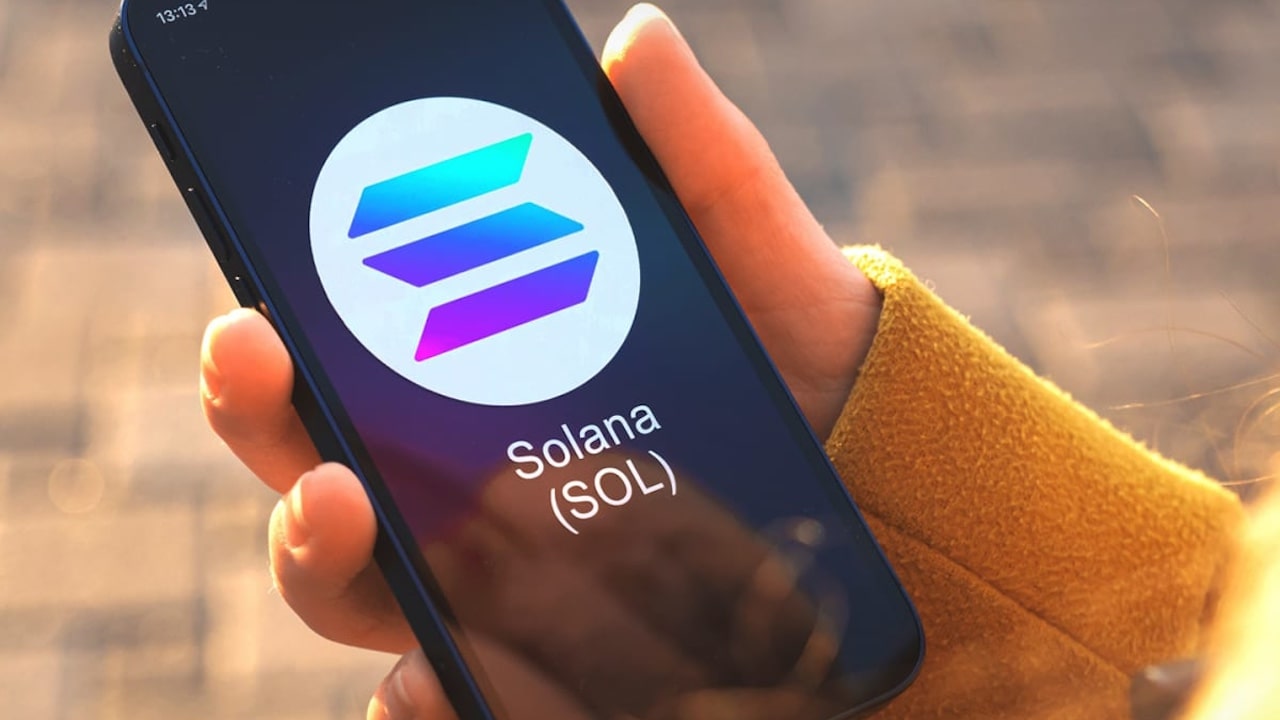Did Solana Mobile Quietly End Support for Saga? Here’s What We Know

Solana Mobile, the phone-making subsidiary of Solana Labs, confirmed the end of software updates for the Saga phone, marking the close of its lifecycle on October 20, 2025. Launched in April 2023, the Android device, which sold for $1,000, introduced Web3 features like Seed Vault for secure key storage.
The decision came through a message on Discord. This move implies that there will be no more updates or security fixes for Saga users, exposing them to potential risks.
A Quiet Sunset for Saga Phone
Initially, sales for the Saga phone started slowly, with only 2,500 units sold. However, a BONK token airdrop in late 2023 changed that. The value of the airdrop was greater than the phone’s price, causing resales to reach $5,000 and allowing 20,000 units to sell by early 2024.
Additional rewards, like SHDW mining, also made the Saga popular among Solana fans and developers testing decentralized applications (dApps). Now, the company is focusing on the Seeker phone, which received over 130,000 pre-orders worldwide.
Meanwhile, while support for it ends, Saga’s dApp Store will still function, but might face compatibility issues without updates. Although hardware repairs and customer support through Zendesk are still available, Solana Mobile’s focus has, however, shifted to the Seeker device.
A Shift to the Seeker Device
Saga users are beginning to embrace the reality of the shift to the Seeker device, with some already experiencing its impact. Solana Mobile launched the Seeker phone in August 2024, which is why it stopped supporting the Saga. The Seeker costs between $450 and $500 and offers better hardware, increased security, and support for multiple chains, unlike the Saga, which only supports Solana.
Shipping for the device commenced earlier in August. This comes around a year after thousands have preordered the crypto-centric mobile device. Solana Mobile, the tech firm behind the mobile device, has announced several new features for the Seeker phone. Features like preloaded SOL for quick transactions are designed to attract more users, and early feedback has been positive about the interface’s ease of use and smooth wallet integration.
However, while Saga owners have limited choices—either keep using their unsupported device or switch to the Seeker—users who have acquired the Seeker may wonder if the same fate as that of the Saga awaits them after a two-year support period.
The post Did Solana Mobile Quietly End Support for Saga? Here’s What We Know appeared first on CoinTab News.
You May Also Like

Bitcoin Has Taken Gold’s Role In Today’s World, Eric Trump Says

USDC Treasury mints 250 million new USDC on Solana
